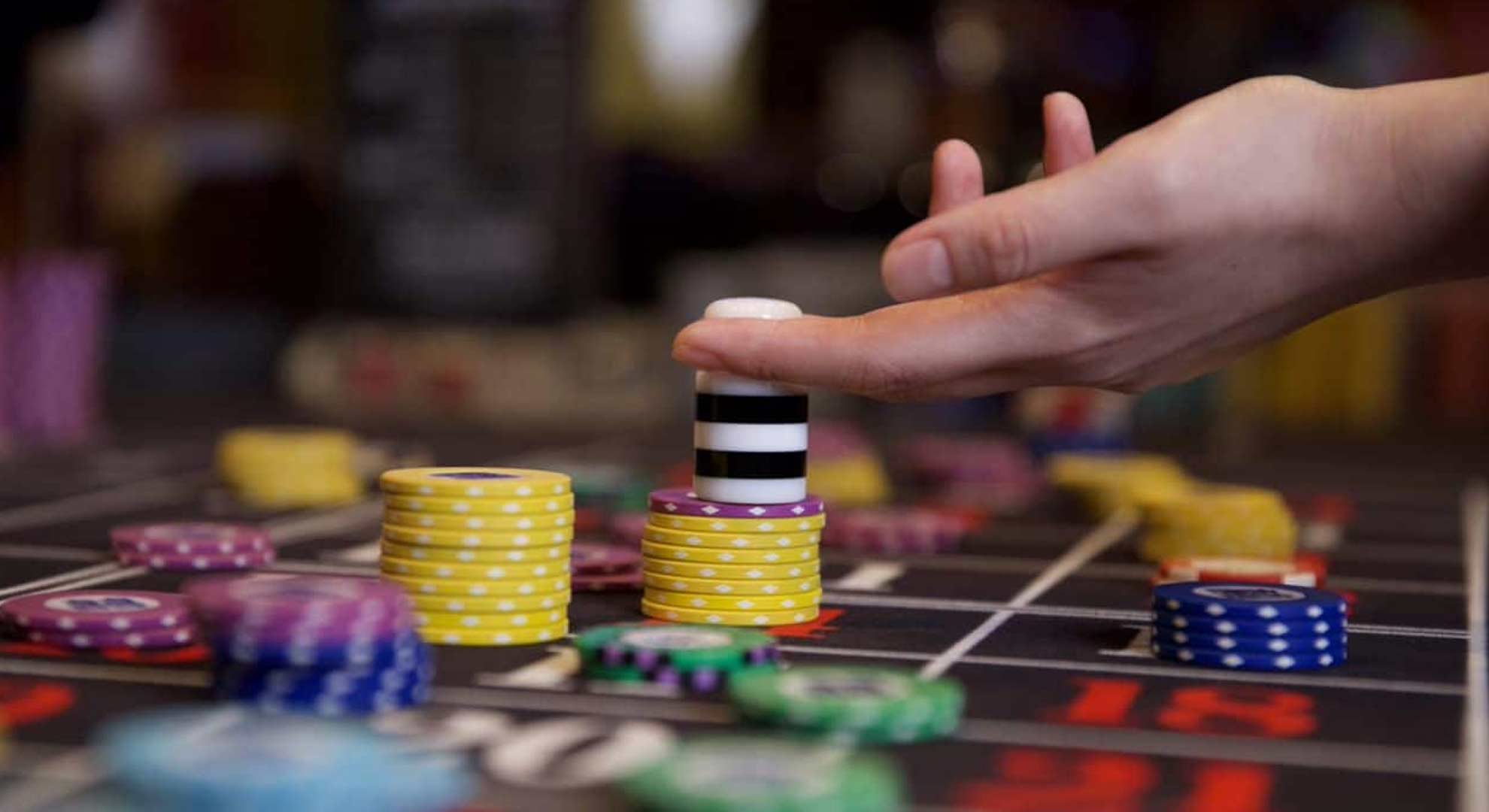How Casinos Use Colors to Shape Behavior

How Casinos Use Colors to Shape Behavior
In the glittering, cacophonous world of casinos, every element is meticulously designed to influence player behavior and maximize engagement. Beyond the flashing lights, captivating sounds, and complimentary drinks, one of the most powerful and often overlooked tools in a casino's arsenal is color. The strategic application of color psychology plays a profound role in shaping the emotional responses, perceptions, and ultimately, the actions of gamblers. From the vibrant hues of slot machines to the rich tones of the gaming tables, colors are used to create an immersive environment that encourages extended play and higher spending.
Perhaps the most prominent color in any casino is red. Associated with excitement, energy, urgency, and even danger, red is a high-arousal color that stimulates the senses and can increase heart rate. Casinos strategically deploy red in high-traffic areas, on slot machine interfaces, and in promotional signage to create a sense of thrilling urgency. It draws attention, signals a 'hot' machine or a bustling area, and can induce a feeling of excitement that encourages players to take risks and keep betting. Red acts as a powerful stimulant, designed to keep players alert and emotionally invested in the game, reinforcing the high-stakes, high-reward atmosphere.
Conversely, green is a pervasive color, particularly evident on the felt of gaming tables like blackjack, roulette, and craps. Green is universally associated with money, wealth, nature, and luck. Its calming and reassuring presence provides a subconscious comfort that encourages players to feel at ease, potentially reducing anxieties associated with losing money. This subtle psychological nudge can make players feel more optimistic about their chances, fostering a sense of hope and prosperity that keeps them at the table longer. The green of the chips further reinforces this connection, constantly reminding players of the monetary value they are handling and the potential for greater fortune.
Gold and yellow tones are frequently incorporated into casino decor, lighting, and architectural accents. Gold, synonymous with luxury, wealth, and prestige, evokes a sense of opulence and aspiration. It signals a premium experience, subtly encouraging players to spend more to match the lavish surroundings. Yellow, on the other hand, is often linked to optimism, happiness, and energy. Bright yellow lights can make a space feel more vibrant and lively, creating an inviting and energetic atmosphere that combats fatigue and keeps players in a positive, receptive mood. These warm colors combine to create an environment that feels both exclusive and exhilarating, reinforcing the idea of a 'golden opportunity.'
While less overtly stimulating, colors like blue and purple are also utilized strategically. Blue, often associated with trust, stability, and calm, might be used in more subdued areas, perhaps in VIP lounges or corridors, to offer a momentary respite or to convey a sense of trustworthiness and exclusivity. Purple, historically linked to royalty, luxury, and sophistication, often appears in high-roller sections or exclusive lounges. Its rich, deep hue suggests a level of prestige and exclusivity, making elite players feel pampered and distinguished. The strategic interplay of these cooler tones with the dominant warm colors creates a balanced visual environment that caters to different psychological needs and player profiles.
The mastery of color psychology in casinos is a sophisticated art form. Designers meticulously choose hues to influence everything from a player's perceived passage of time to their willingness to take risks. Bright, warm colors can make time seem to pass more quickly, keeping players unaware of how long they've been gambling, while the overall vibrant palette is designed to create a continuous state of arousal and excitement. This strategic use of visual stimuli is an integral part of their behavioral marketing strategies. From the vibrant slot machines to the felt of the gaming tables, every hue serves a purpose, aiming to keep players engaged and betting. This strategic use of color extends beyond the physical realm, influencing even the digital landscape of online gaming platforms, where the same psychological principles are applied to enhance the user experience. For those looking to explore a wide array of gaming options, platforms like m88 slot login offer a similar immersion, albeit through a screen.
In conclusion, casinos are not just places of chance; they are masterclasses in behavioral psychology and design. By leveraging the subconscious power of colors, they craft an environment that subtly persuades, excites, and retains players. Every red flash, green felt, and golden gleam is a carefully calculated component in a larger strategy, demonstrating how deeply color can influence our emotions and, consequently, our behavior in the pursuit of entertainment and fortune.